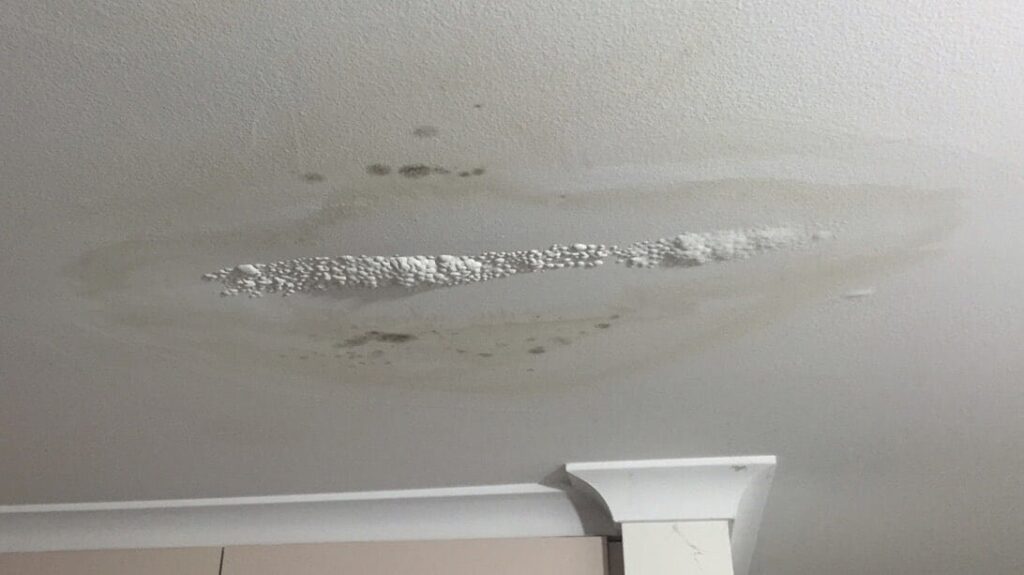
Flat roofs, like other roofing systems, are prone to difficulties over time. Flat roof leaks are among the most common and unwelcome. If you own a house with a flat roof and want to learn more about the causes of roof leaks, this article can help. Most of these issues may be fixed by hiring a professional roofer to repair it. However, depending on the age and overall condition of the roof, replacement may be the most cost-effective alternative.
Here are the most prevalent reasons for flat roof leaks.
In the United States, the three most common roof membrane materials are modified bitumen, EPDM rubber, and thermoplastics such as TPO or PVC. During its existence, the membrane takes the brunt of human and natural forces. Over time, the roofing membrane may get deteriorated. Membranes can crack, blister, and split. Water gathers behind the membrane as a result of the damage. The roof insulation will get soggy, and determining the source of the leak will be difficult. Regular roof membrane inspections are critical for leak prevention.
Flashing is a type of roofing material that runs vertically. Various structures pierce the rooftop surface and must be "flashed" with matching roofing materials. Plumbing vents, gas lines, pipes, ducting, HVAC systems, and other building components are examples of these structures. Leaks can occur anywhere there are rooftop penetrations. Flashings must be kept completely sealed. They may fail and open up over time. Worn or broken flashings compete with human damage as the leading source of roof leaks. At least twice a year, flashings should be examined.
Skylights are notorious leakers. Their seals wear out with time. Debris can potentially cause damage to the skylight lens. Finally, they are frequently built without saddles upslope from the curb. (A saddle is a device that directs water around a protrusion, such as a skylight.) Skylights should be inspected regularly, and most should be replaced if the frames become broken or the seals become worn.
Ponding areas should be thoroughly studied. A certain bit of pondering is to be expected. However, ponding occurs when rainwater lingers on the roof for more than 48 hours following precipitation when drying conditions are favorable. The longer water remains on the flat roof, and the more probable leaks will occur.
Blistering and "bridging" are common problems with flat roof membranes. Blisters resemble bubbles growing beneath the roof membrane. The glue eventually wears away, and the expansion and contraction of the membrane cause a bubble or wrinkle to appear. This indicates that the membrane has reached the end of its functional life. Bridging occurs as the membrane shrinks, causing stress on the seams and flashings.
Our roofing teams have extensive expertise in maintaining and rebuilding many sorts of roofs; please get in touch with us at 519 Knickerbocker Ave, Brooklyn, NY 11221 (718) - 285 - 7841 https://www.bushwickroofingny.com
